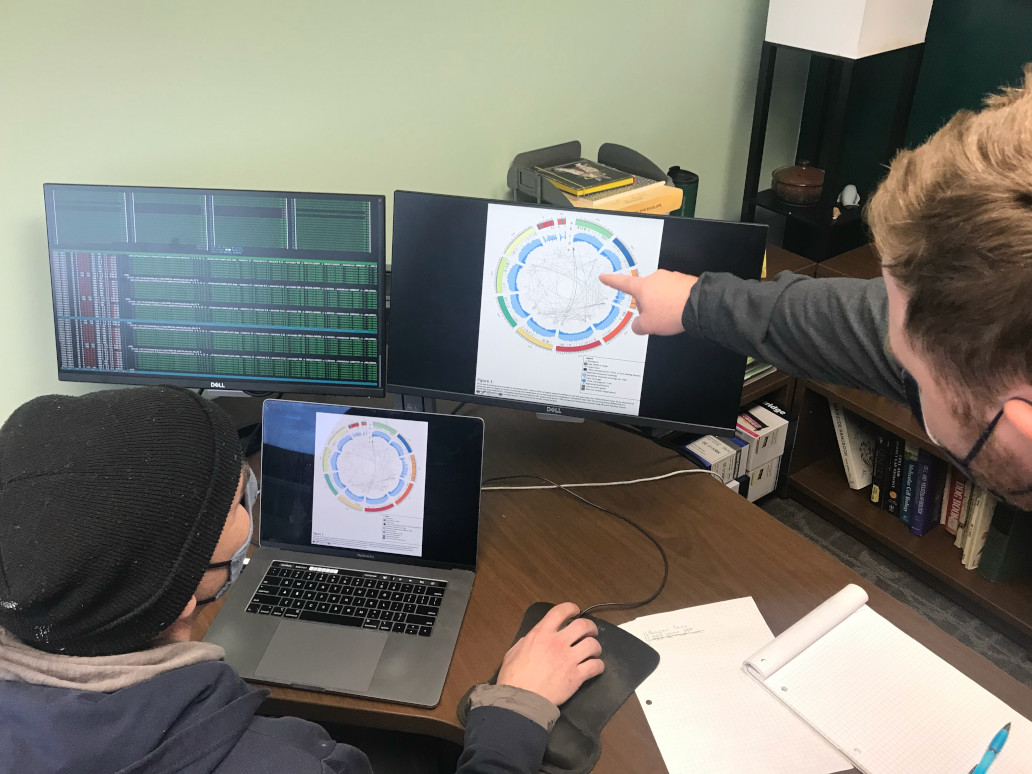Weed Genomes Cropping up at PSM
PSM's Dr. Eric Patterson along with colleagues at MSU, Colorado State University, and industry partners have launched the International Weed Genomics Consortium, a program to sequence, annotate and publish genomes for up to 30 common weed species.
Newly published genomes of the most common agricultural weeds will soon be available to farmers, scientists and even backyard gardeners. Through collaborative expertise, creative funding, and passion for research in sustainable agriculture, PSM’s Dr. Eric Patterson, his colleagues at Colorado State University, and industry partners have launched the International Weed Genomics Consortium, a program to sequence, annotate and publish genomes for up to 30 common weed species. One year into the 3-year program, Patterson and research associate Dr. Nathan Hall say they have exceeded their expectations for progress.

Together with industry partners, the International Weed Genomics Consortium is harvesting, growing and storing plant tissue, then sequencing and assembling weed genomes. Here in Patterson’s lab, Hall annotates the genomes and gives them function.
“We get them into a publishable format and maintain a Web portal,” Hall says, “So farmers and extension specialists can view and download and use this information.”
Starting with funding from industry, the IWGC was able to double the award by working with the Foundation for Food & Agriculture Research (FFAR, a research and funding organization established by the USDA.
“The initial goal was to sequence 10 weeds each year, selected because they cause the most damage in row crops,” Patterson says. “And the matching funds from FFAR allow us to genome common turf, range, and aquatic weeds, so now we are doing 10 row crop weeds and 10 non-row crop weeds and expanding to more novel genomes all the time.”
The additional funding also has provided for two summer NSF REUs in Plant Genomics at MSU, a training course in Python programming, as well as a conference for the International Weed Consortium.
“We are exceeding our expectations in quality and speed,” Patterson says. “We already have completed several polyploid genomes to chromosome level and look to release them soon.”

As well, Hall says he feels like he is really making a contribution to science. “For the first time people who want to see exactly what is happening in their fields will have this super easy to use information available for their plant protection programs”
Beyond farms and gardens, proliferation of these resources is helping us answer questions about adaptation and big science, Patterson says. “Once you know the genetics for a resistance gene, you are on the road to a more exact, sustainable, scientific approach to agriculture. With this information, I can tell farmers ‘You have resistance in your fields’ and help them to refocus their plant protection programs.”
Read more about this project at the FFAR Website.



 Print
Print Email
Email